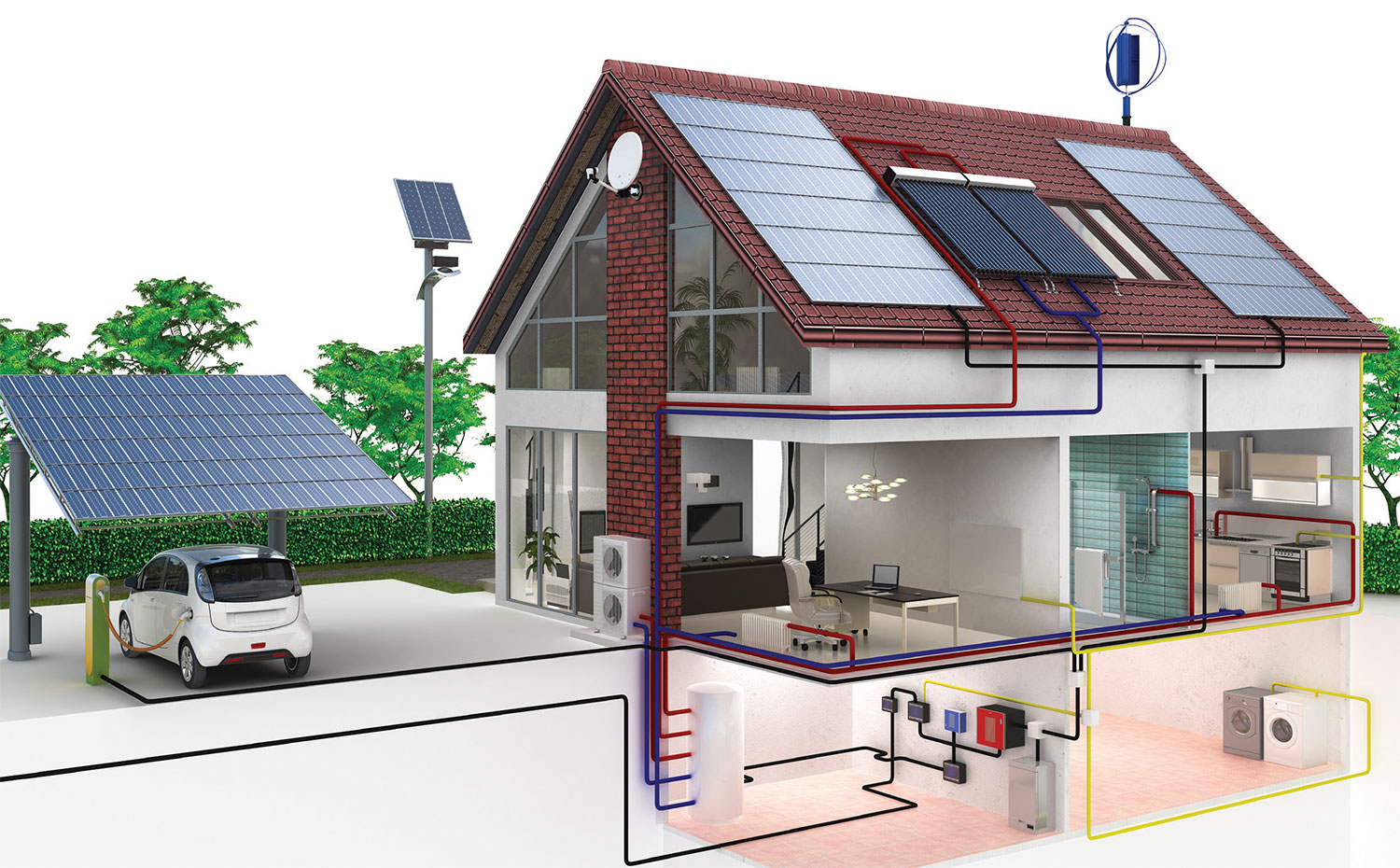Question. Section R327 of the 2018 International Residential Code® (IRC®) requires energy storage systems (ESS) to be Listed (Certified) for residential use if installed in such locations. Presently, there are no products Listed (Certified) for residential use. Do you see any movement to (List) Certify ESS for residential use?
Answer. The intent of the 2018 IRC Section R327.2 is that energy storage systems (ESS) be Listed (Certified) to UL 9540, the Standard for Safety of Energy Storage Systems and Equipment. UL 9540 includes requirements for ESS used in residential installations, nonresidential installations, and wall-mounted applications. Markings noting “Suitable For Use in Residential Dwelling Units Where Permitted” or similar marking indicates that the energy storage system has successfully completed the cell-level fire testing as required in UL 9540A, Test Method for Evaluating Thermal Runaway Fire Propagation in Battery Energy Storage Systems. Such markings also communicate that the cell did not go into thermal runaway during the cell-level test, and the cell vent gas does not present a flammability hazard when mixed with any volume of air.
Therefore, ESS built with these cells do not present a significant fire hazard beyond a typical electrical appliance and can be installed in the habitable spaces of a dwelling unit in accordance with the manufacturer’s installation instructions and the National Electrical Code® (NEC®) NFPA 70. ESS Certified (Listed) to UL 9540 and without markings noting that they are suitable for use in residential dwelling units are still permitted to be installed in the non-habitable spaces of a dwelling unit – such as an attached garage – in accordance with the manufacturer’s installation instructions and IRC R327.3 through R327.5. If these products are Certified (Listed) by UL, the UL Certification (Listing) Mark will indicate whether they are for residential use. The next revisions of UL 9540 will update the information regarding residential use systems to help alleviate some of this confusion.
The 2021 IRC Section R328 has significantly expanded and clarified the requirements for ESS installations in dwelling units to address spacings, locations, energy ratings, protection from impact, and fire detection.
UL Certifies (Lists) ESS under the product category Energy Storage Systems and Equipment (FTBW). The guide information and Certifications (Listings) for the category can be viewed on UL Product iQ™ at www.UL.com/piq; enter FTBW at the search field.
Question. The March/April 2021 UL Question Corner addressed wire connector terminations for copper-clad conductors. What about wiring device terminations such as receptacles and switches?
Answer. As detailed in the March/April 2021 UL Question Corner, even though they are constructed differently, copper conductors and copper-clad aluminum conductors are considered similar metals for conductor terminations because copper is used for the outside cladding of both of them. Copper conductors are solid copper, and copper-clad aluminum conductors have an aluminum core metallurgically bonded to copper cladding. The surface of each type of conductor is copper, which is important for terminations. However, copper-clad aluminum conductors have an aluminum core giving them the same ampacity as an aluminum conductor. Wire connectors suitable for copper only (“CU”) cannot be used to terminate copper-clad aluminum conductors.
For information on terminating copper-clad aluminum conductors on wiring devices, see the guide information for Electrical Equipment for Use in Ordinary Locations (AALZ) on UL Product iQTM located at www.UL.com/piq; enter AALZ at the search field.
The guide information for AALZ under the heading Distribution and Control Equipment and subheading of wiring devices states:
Wiring Devices — Supply terminals of 15 A and 20 A switches and receptacles not marked “CO/ALR” are for use with copper and copper-clad aluminum conductors only. Terminals marked “CO/ALR” are for use with aluminum, copper, and copper-clad aluminum conductors.
Screwless terminal connectors of the conductor push-in type (also known as push-in terminals) are restricted to 15 A branch circuits and are for connection with 14 AWG solid copper conductors only. They are not intended for use with aluminum or copper-clad aluminum conductors, 14 AWG-stranded copper conductors or 12 AWG solid or stranded copper conductors.
Terminals of switches and receptacles rated 30 A and above not marked “AL/CU” are only used with copper conductors. Terminals of switches and receptacles rated 30 A and above marked “AL/CU” are for use with aluminum, copper, and copper-clad aluminum conductors.
This information can also be found in the guide information for Receptacles for Plugs and Attachment Plugs (RTRT) and the guide information for Snap Switches (WJQR), respectively. The guide information for RTRT and WJQR can be located on UL Product iQ at www.UL.com/piq; enter RTRT or WJQR at the search field.














Find Us on Socials